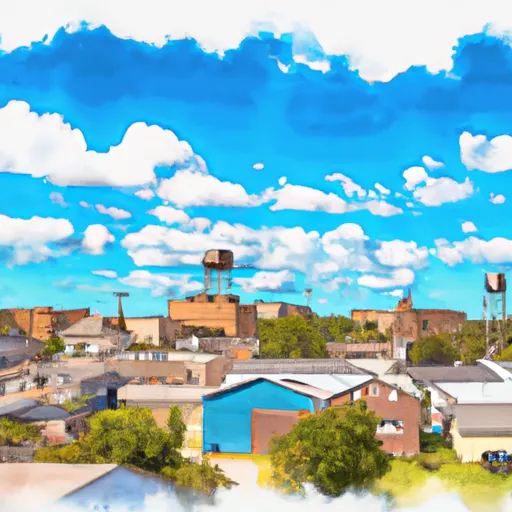°F
°F
mph
Windspeed
%
Humidity











Rockwell, Iowa is a charming small town located in the northern part of the state. The climate in Rockwell is classified as continental, characterized by hot summers and cold winters. Summers are typically warm and humid, with average temperatures ranging from the mid-70s to low 80s Fahrenheit. Winters are cold and snowy, with average temperatures hovering around the freezing point.
Hydrology constituents in Rockwell are primarily influenced by the Shell Rock River, which flows near the town. The river offers opportunities for fishing, kayaking, and canoeing. Anglers can expect to catch a variety of fish species, including catfish, walleye, and bass. Additionally, there are several parks and nature reserves in and around Rockwell, providing ample opportunities for hiking, camping, and birdwatching.
Outdoor recreation enthusiasts can explore the picturesque trails at the Rockwell Recreation Area or enjoy a round of golf at the nearby Rockwell Golf Club. The town also hosts various community events and festivals throughout the year, providing residents and visitors with opportunities for outdoor enjoyment and socializing.
Weather Forecast
Rockwell receives approximately 879mm of rain per year, with humidity levels near 81% and air temperatures averaging around 8°C. Rockwell has a plant hardyness factor of 5, meaning plants and agriculture in this region thrive during a short period during spring and early summer. Most plants will die off during the colder winter months.
Regional Streamflow Levels
45
Cubic Feet Per Second
63
Cubic Feet Per Second
14
Cubic Feet Per Second
63
Cubic Feet Per Second
Nearby Camping
| Camping Area | Reservations | Toilets | Showers |
|---|---|---|---|
| Snake River City Campground | |||
| Elk Rock State Park | |||
| Van Meter State Park | |||
| Herring Memorial Park - Brunswick | |||
| Brookfield City Park | |||
| Wallashuck - Red Rock Lake |



